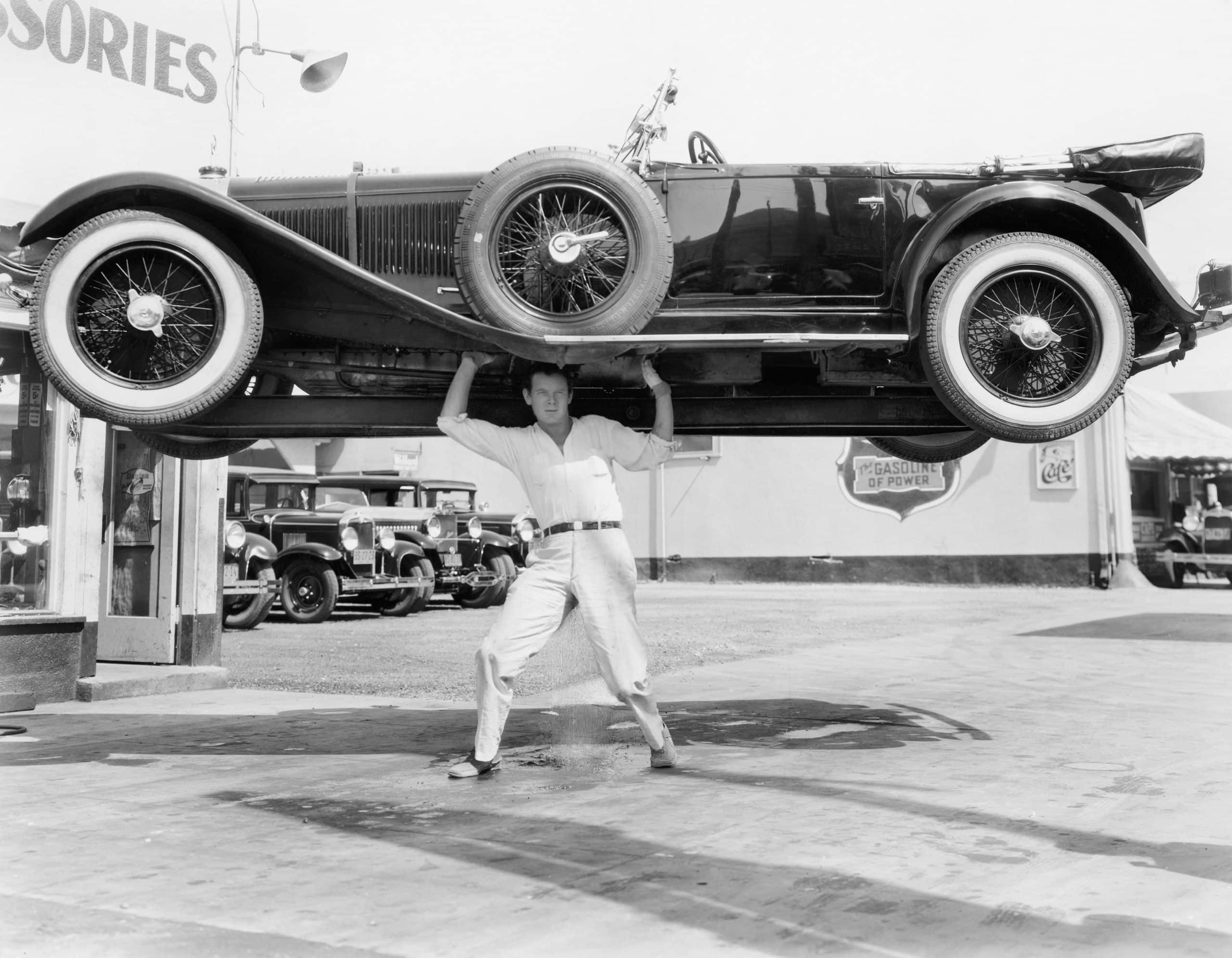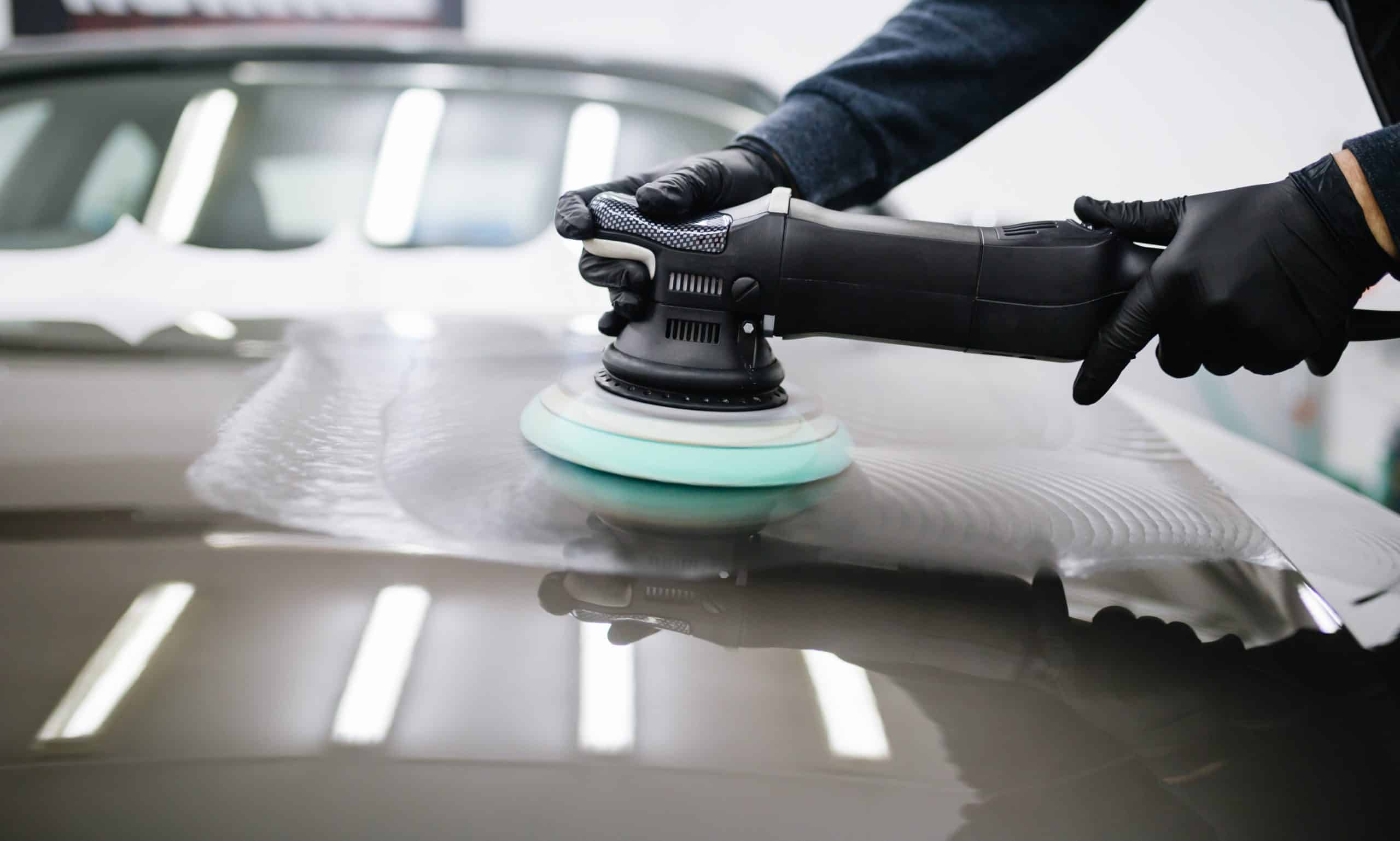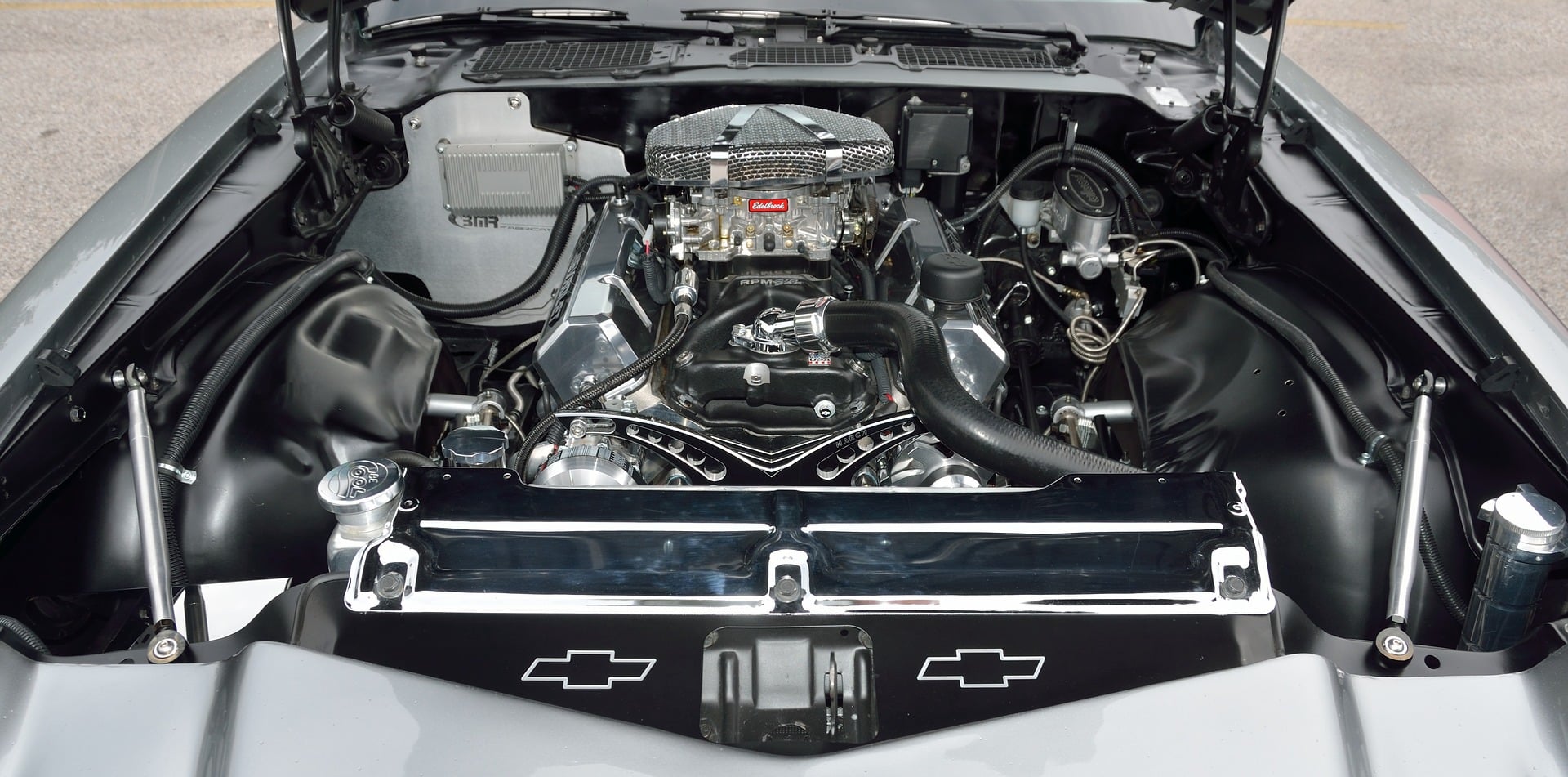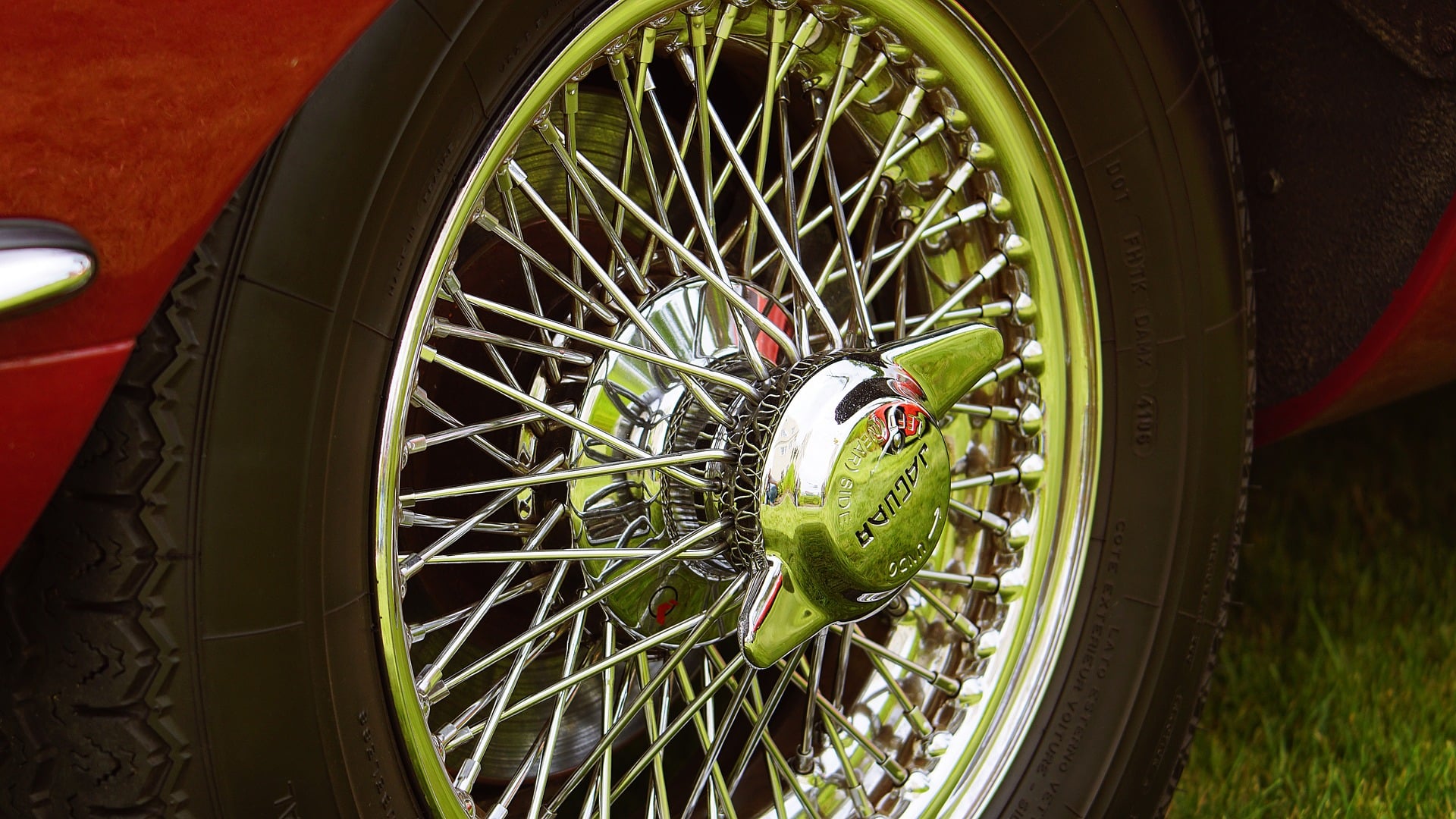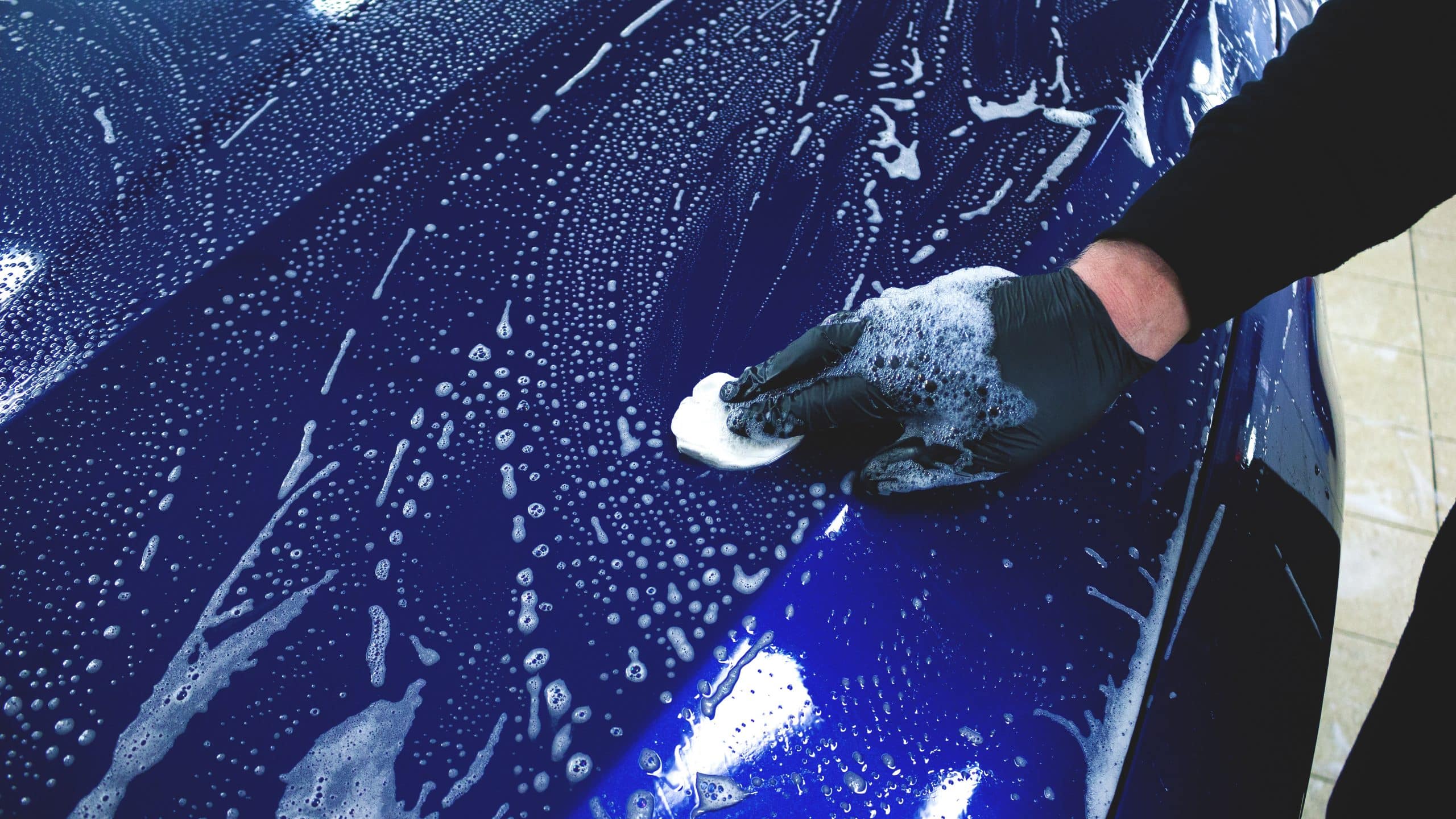Trouble starting? Dim lights? Learn the signs of a bad car battery or a bad alternator. This article helps you diagnose and solve these problems.
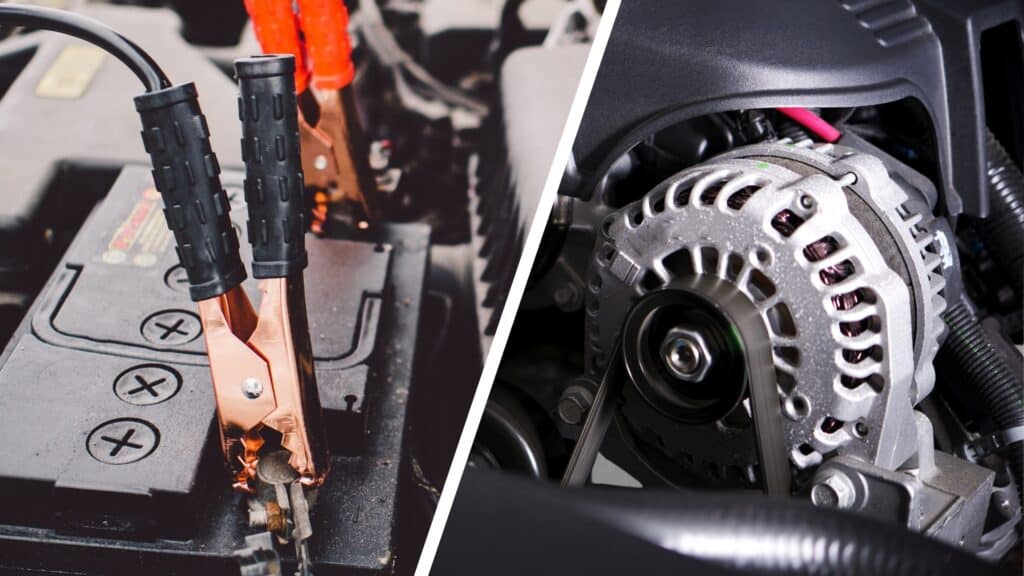
When you turn your ignition key or push your start button on a cold winter’s day and nothing happens or your engine cranks too slowly to start your car’s engine, you might automatically think your car battery is bad. More often than not, this will indeed be the case.
However, the culprit could also be your alternator that caused your car battery to drain or go bad. In that case, replacing the battery won’t solve the problem. If the alternator malfunctions, the new battery will go bad too, in no time.
Then how can you tell for sure what causes the problem, you might ask?
Well, in this article, we’ll explain what functions a car battery and an alternator have. We’ll also tell you what different warning signs to look for to determine if the problem is a bad car battery or a bad alternator.
Car Battery vs Alternator: Different Functions
Your car battery and your alternator both power all the electrical functions for your car: lighting, ventilation, starter motor, rear window demister, windshield wipers, navigation, engine management, phone chargers,...
The main difference is that your alternator delivers the electric power your car needs only when your engine is running. With the engine running, it also charges your car battery and keeps it topped up.
When the engine is switched off, your car battery takes over to power all the electrics. Your car battery powers your starter motor when you start your engine and provides electrical power when the alternator is not. Your car battery will also deliver extra electricity when your alternator can’t cope with the electrical demand.
Maybe it’s easier to imagine it like this: If your alternator was a water pump, your battery would be the reservoir where the water is stored. When the water pump is working (engine running), it supplies water while constantly keeping the reservoir topped up.
When the pump is not working (engine not running), the water supply comes from the reservoir. The reservoir only has so much capacity until it runs dry, then the water supply stops (=dead battery).
How To Recognize Signs You Have a Bad Car Battery or a Bad Alternator
When your car battery or/and your alternator needs replacement, there are always clear warning signs. If you know how to recognize them, you can replace your car battery or/and alternator before you get stranded on the side of the road.
Low voltage or a weak battery generally point in the direction of two possible culprits: the car battery which is bad or the alternator that malfunctions.
Here are the signs to look for:
Signs You Have a Bad Car Battery
- Your engine cranks slowly and the engine struggles to start: when you turn your ignition key or push your start button, the starter motor turns too slow to start the engine or only just manages
- Clicking sound when you try to start your engine: a very clear tell-tale sign that your car battery is bad is when you only hear a clicking sound when you try to start your engine
- Dimming dashboard lights or none at all: when you turn your ignition key or push your start button, nothing happens and your dashboard lights dim or don’t light at all
- You regularly have to jump-start your car: when your car battery is bad, it can’t hold its power and will have to be jump-started regularly
- Your headlights are dim: with the engine not running, when you turn on your headlights, they are dim
- “Check engine” light or battery light is illuminated: with most cars, the “check engine” or battery light will illuminate when your car battery is bad
- Your car battery case appears to be swollen: this is a clear sign your battery is bad and needs to be replaced
- Badly corroded battery terminals: this is often an indication that your car battery is on its way out or bad and needs to be replaced
- Your car battery smells like rotten eggs: a healthy battery shouldn’t smell like rotten eggs, this means it is emitting gasses because of deteriorating internals
- Your car battery is visibly damaged: replace your car battery in case of structural problems like cracks, dents or deformations
If you want to know how long a car battery lasts and which type of car battery lasts the longest, check out “How Long Do Car Batteries Last”
Signs You Have a Bad Alternator
If you want that new battery to last, before you put it in, you want to make sure that your alternator shows no signs of malfunctioning.
These are signs your alternator is bad:
- Lights dim gradually with the engine running: Because your alternator isn’t charging, your battery is gradually draining.
- Headlights have varying brightness: Your headlights should have constant brightness when your engine is running. Brightness shouldn’t vary with the engine’s RPM. Your alternator’s voltage regulator is most likely malfunctioning.
- Burning rubber smell, hot wire smell or growling noises: If this sound or smell comes from your alternator, it’s bad and needs to be replaced.
- Your engine quits again shortly after jump-starting it: If your car battery dies and your engine quits only shortly after you’ve jump-started it, that most likely means your alternator is malfunctioning. Your alternator should provide enough current to keep your engine running even with a bad battery.
- The voltage meter on your dashboard is dropping with the engine running: This means your alternator isn’t (re)charging your car battery.
- Your alternator doesn’t kick in right after you start your engine: Your alternator should immediately kick in when your engine starts, if it doesn’t, it’s bad.
- Your alternator’s voltage is too high or too low: With the engine running, your alternator should read between 13.7V and 14.7V. Check out how to test this.
Can you Drive with a Bad Car Battery?
The state your car battery is in will determine if you can still drive your car. With a normally functioning alternator and as long as your car battery isn’t shorted internally (0 Volts), you will be able to drive your car once you get it started. However, once you turn off your engine, you probably won’t be able to restart it without a push- or jump start.
You shouldn’t be driving your car with a truly dead battery that won’t accept a charge, because it might explode.
Whatever you decide to do, you don’t want to drive a long distance with a bad battery because this will take its toll on your alternator.
Also, it’s not because you can drive your car with a bad car battery, that it’s safe to do so. Remember that your engine can quit without warning when your battery dies, and you won’t be able to start it back up. When this happens in the middle of busy traffic, this can be a serious safety hazard.
Can You Drive with a Bad Alternator?
Yes you can, although for safety reasons we do not recommend it. Depending on your car battery’s charge and capacity, you can drive your car from 5 minutes up to 2 hours without a working alternator.
However, because your car can quit without warning when your car battery is depleted, this is a safety risk you don’t want to take.
How To Fix a Bad Car Battery
A bad battery can’t be fixed, it has to be replaced. Anyone can do it, it’s very simple. You can save a lot of money by replacing it yourself. It’s much cheaper than having it replaced by a dealer or car parts shop. A good car battery doesn’t have to be expensive either. Check out the best car batteries on the market.
How To Fix a Bad Alternator
A bad alternator can sometimes be repaired depending on what’s wrong with it. However, because of labor and parts cost, replacing it as a whole is usually the less expensive option.
It’s a fairly straightforward procedure you can easily do yourself and save a lot of money because it takes no special skills. You only need a spanner to remove a handful of bolts. You can then unclip the alternator’s electric wires and remove the serpentine belt and install the new alternator the same way the old one was installed. Finally, you might have to tension the serpentine belt, depending on your make and type of car and that’s it. For detailed information on your model and brand of car, check your workshop manual.
If you don’t feel confident you can do this yourself or don’t have the time, it’s best to have your alternator replaced at a professional workshop.


